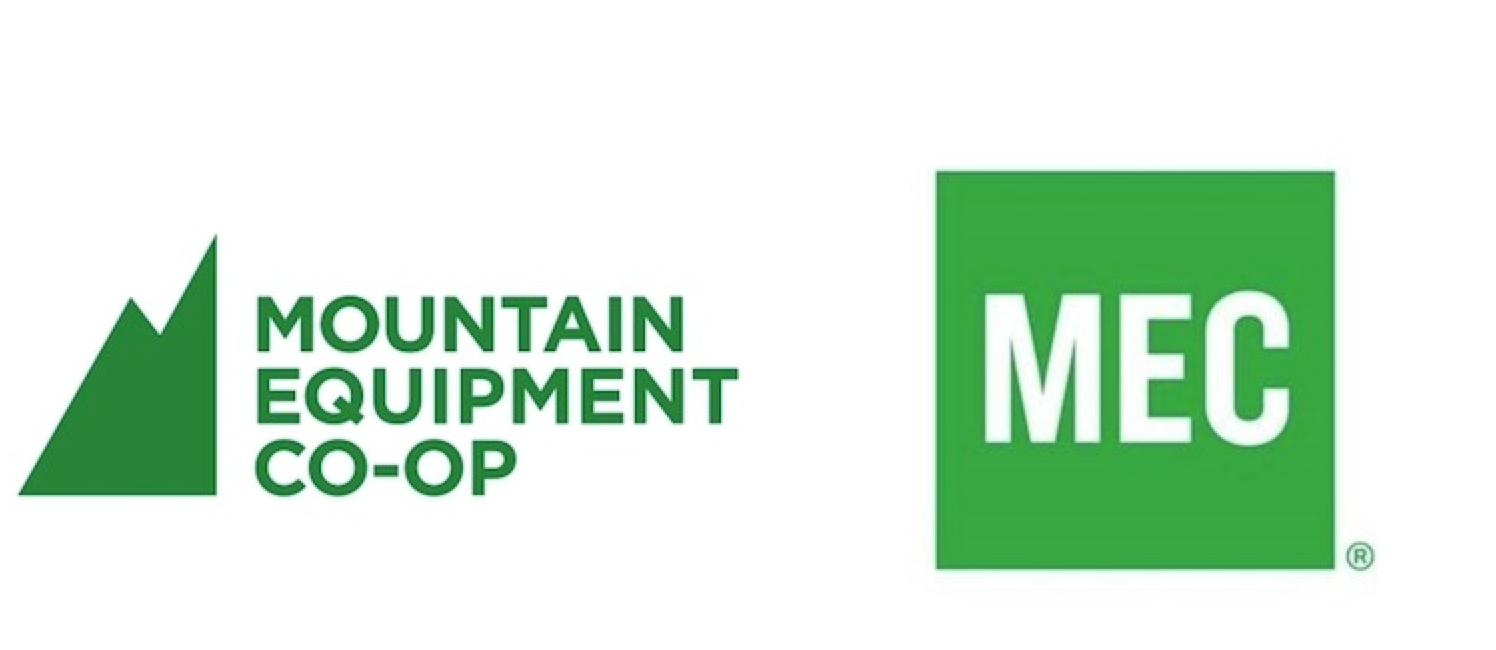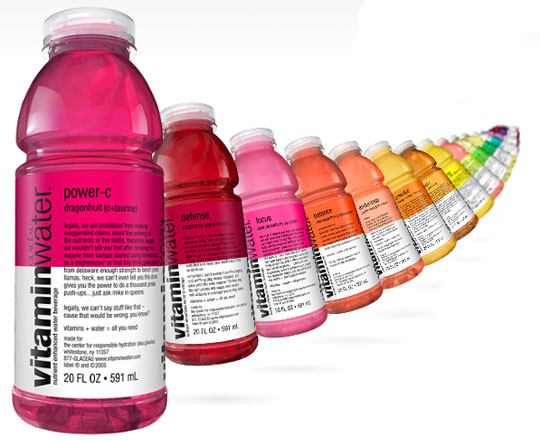Despite the challenges and frustration that can occur from group assignments, I thought it was a powerful tool to show us the reality of a business environment. Since group work is an unavoidable part of business, it was an excellent experience to test our skills, learn our weaknesses and collaborate our ideas.
The way the marketing assignments were structured forced us to apply the terms and concepts learned in class to real-life company situations. In our case, we analyzed Target Corporation. Throughout the lectures I learnt a tremendous amount about marketing techniques, but it was only through the 3 assignments that the information sunk in. The last assignment, the film project, was extremely useful in the sense that it tied the previous 2 assignments all into one. Having a 7-minute limit for the movie was at first frustrating, but beneficial in the end. It made our team go back, review our material and thoroughly discuss what our most substantial points were. This helped our team become concise with what information we were trying to get across in our project. I really enjoyed having the film project as the final project because it was a much-needed change from the other assignments that I had going on at the same time in different classes. Filming the last assignment also meant that we could take advantage of our scene location; shopping at the brand new Target in Burnaby! Knowing that are peers were going to review our work positively effected me to make sure that our movie wasn’t bone-dry, had a sense clarity and was at least a little bit memorable!
I am proud to say that I now know how to research primary/secondary data, find facts that are significant, identify the marketing mix and create a formal marketing strategy.
Thank you Elaine for sparking my interest in Marketing!









